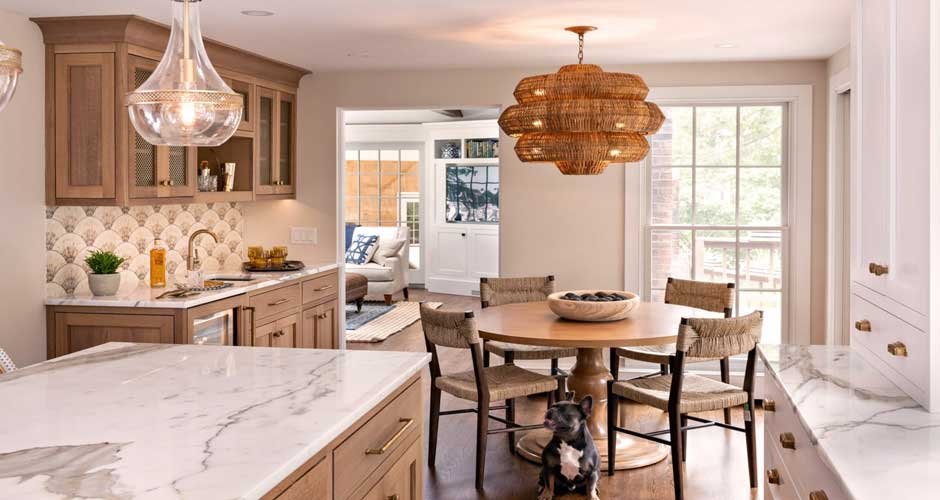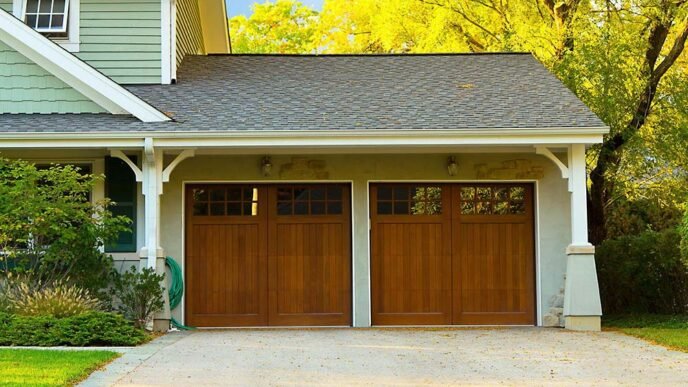The provision of ambient, task, and accent lights allows for the flexibility of lighting and the creation of depth in your living areas. LED bulbs help save on electricity bills and have a long lifespan. Smart bulbs enable users to choose the desired brightness or even turn the light on and off manually. Here are a few different types of lighting and how electricians can help with the installation:
LED Lighting
LED lights exist in categories such as bulbs, strips, panels, and downlights. They come in different color temperatures, from warm white to cool white. Some current LED lights have customizable colors, so the user can change the lighting conditions with a remote control or even a smartphone application.
Electricians often install bright-colored LED lights in the kitchen, especially on the under cabinet and as ceiling lamps. LED lights above the vanity and recessed lights for showers add a nice touch to the bathroom. Bedrooms could contain some forms of task lighting, such as LED reading lights or accent lighting. For security purposes, areas such as the patios and the pathway can be fixed with LED floodlights or landscape lighting.
Recessed Lighting
Downlights and can lights are used because of their low profile and ability to provide even lighting. Electricians achieve directional lighting through the adjustment of recessed lights. This type of lighting is good for illumination of paintings and structures. Wet-rated recessed lights are ideal in places with moisture, such as washrooms or outdoor areas. Gimbal recessed lights give more flexibility, as the direction of the light can be adjusted in different directions.
Pendant Lights
Chandeliers are traditional multi-arm lights that electricians can install in dining rooms and entrances. Linear pendants with multiple lights hanging from one straight bar are fashionable in the kitchen where they create a contemporary look. Single-light pendants range from simple, spherical globe lights to industrial lights with unique and elaborate shapes. Mini pendants work well for task lighting above kitchen islands or bars. Drum pendants offer softer and diffused light, and technicians may place them in the living areas or the bedrooms. Electricians also fix flexible pendants that can be lifted or lowered depending on your specific needs.
Table and Floor Lamps
Table lamps are ideal for bedside tables and living room tables. Some contemporary floor lamps come with metallic structures, and electricians often place them in the corners of living rooms. Torchiere floor lamps, which illuminate upward, are commonly used for secondary lighting in bedrooms and studies. Lamps with swing arms are useful for desks and reading nooks. Arc floor lamps, due to their curves, work well as statement pieces in large rooms.
Wall Sconces
Uplight sconces illuminate walls and direct light towards the ceiling. Downlight sconces can be used as task lighting when specific areas, such as hallways or bedside tables, need to be lit up. Up-down sconces light in both the upward and downward directions, which works well as a decor piece. One of the advantages of the adjustable arm sconces is that they can direct light to specific areas. Sconces act as lights and ornaments that complement a particular room’s interior design. Outdoor sconces are also distinctively made to withstand tough weather elements.
Hire Qualified Electricians To Install Lighting
An electrician can offer good advice when it comes to choosing the appropriate lighting for your house. They guide you on what kind of fixtures are best suited for the area. Consult with electricians to learn efficient lighting solutions that minimize your electricity expenses. They will also help with wiring and installation. Contact an electrician to help you choose between different types of lights for your home.












